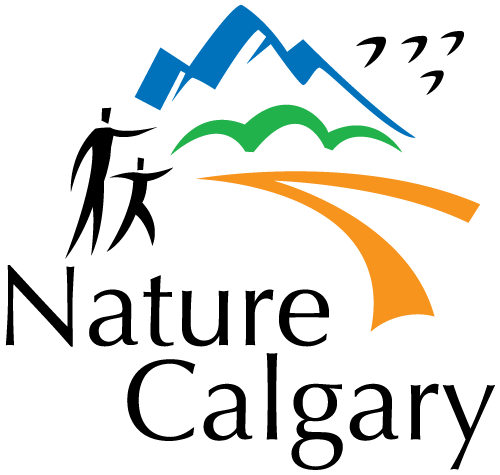Ascension Of Our Lord received an Education Grant from Nature Calgary and the six grade 8 classes went to Weaselhead park. The students had a day of hiking the trails of the park and learning about the different trees and plants that grow in the area. The students did water testing and checked out the water species.
Here are responses from a few of the students about the day:
- My favorite part about our field trip to Weaselhead was just walking through the park. It was nice to get some exercise and have a break from sitting in class. I also liked just being able to walk through the nature. It was a good break from the busy city.
- The first thing I learned was that moose lived in the park.
- Another thing I learned was some of the leeches there won’t attach to humans.
- There was a type of swallow called cliff swallows that attach their nests to cliff sides and make them out of mud.
- We learned how to test the water velocity by throwing sticks into the water and timing how fast it went to go 10 m. We learned what invertebrates lived in the water by putting water in buckets and seeing what was in them. We also learned about the elbow river watershed.
- I learnt that the Shaking Aspen does not like excessive water and will therefore tend to grow in dryer places that don’t flood.
- There is a kind of leeches that don’t bite humans and draw blood.
- Cliff Swallows are communal birds that nest together, and they made their nests out of mud and under a bridge.
- There is a bird called cliff swallows.
- I learned about the pH scale and how to use it
- People who feed the birds aren’t necessarily doing them any good.
- One of the things I enjoyed most about the day was when we had a chance to look at the water invertebrates from the oxbow. I got to scoop up some insects and take a better look at them. I really liked that it was a hands-on experience. Another thing that I enjoyed was walking through the path with my friends. We looked at some beautiful nature and had good conversation.
- My group was challenged with testing for the level of nitrate. Nitrate is a chemical that is very useful to water plants and algae, but high levels are harmful. First we filled our test tube to the 5-mL mark with water from the oxbow. Then we put in a powdery tablet of Nitrate #1 into the tube. We shook it until it dissolved. Then plopped in a tablet of Nitrate #2. We were instructed to put it into a plastic sleeve, but our package didn’t include it so we improvised and covered it in the hem of Chelsea’s shirt. Then we shook it for two minutes and let it sit there for another five. After finishing this procedure, we compared the color of the water to a card with different shades of nitrate.
